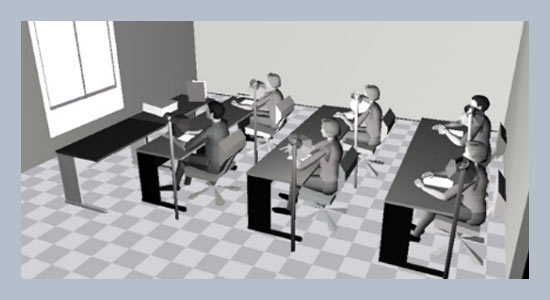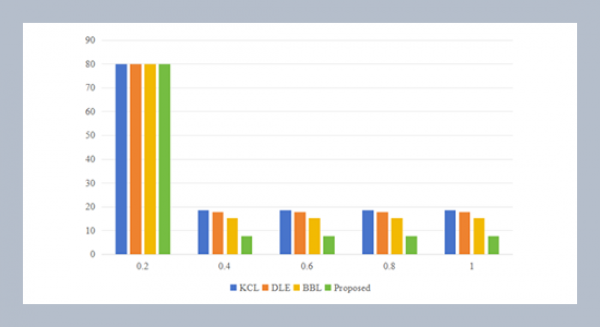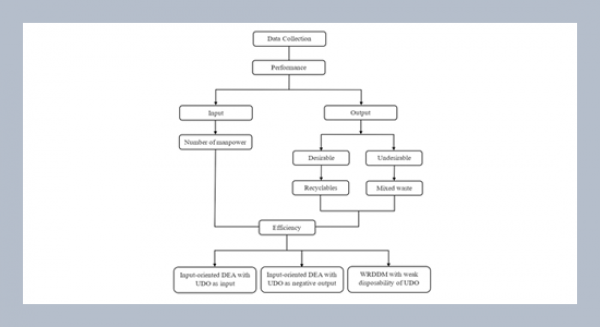Hsin-Chieh Wu a,1, Yu-Ching Chenga, Shiaw-Tsyr Uangb a Department of Industrial Engineering and Management, Chaoyang University of Technology, Taichung, Taiwan, R.O.C.
b Department of Industrial Engineering and Management, Minghsin University of Science and Technology, Taiwan, R.O.C.
Download Citation:
|
Download PDF
The main purpose of this study is to evaluate the viewing distance and local illumination effects on visual performance while working with a projection screen. Digital projectors have become more popular. However, studies on visual performance using a projection screen are rare. Viewing distance (3, 6, and 9 m) and local illumination (75 and 450 lux) were the independent variables. Each experimental trial took 40 min, including a 10-min proofreading task and a 30-min film watching task. The identification rate for the proofreading task and the attention rate for the film-watching task were collected. The results indicated that viewing distance had a significant effect on the identification rate (p=0.04). A reduced identification rate tendency was found with increasing viewing distance. A significantly higher attention rate (p=0.032) was found at the local illumination of 450 lux compared to that of the 75 lux. We suggest that (a) a shorter viewing distance (correspond to 25~50 min arc of visual angle) is suitable for performing text-reading on a projection screen; (b) if the visual tasks with a projection screen mostly contain video and voice, the viewing distance will have little effect on performance; and (c) the local illumination on the audience’s work area should be around 450 lux while watching a film with a projection screen. Actual or potential applications for this research include recommendations for proper viewing distance and local illumination for projector users.ABSTRACT
Keywords:
Vision and lighting; information displays; office ergonomics; mental fatigue; attention and vigilance.
Share this article with your colleagues
REFERENCES
ARTICLE INFORMATION
Accepted:
2010-10-26
Available Online:
2011-04-01
Wu, H.-C., Cheng, Y.-C., Uang, S.-T. 2011. Effects of viewing distance and local illumination on projection screen visual performance. International Journal of Applied Science and Engineering, 9, 1–11. https://doi.org/10.6703/IJASE.2011.9(1).1
Cite this article:















